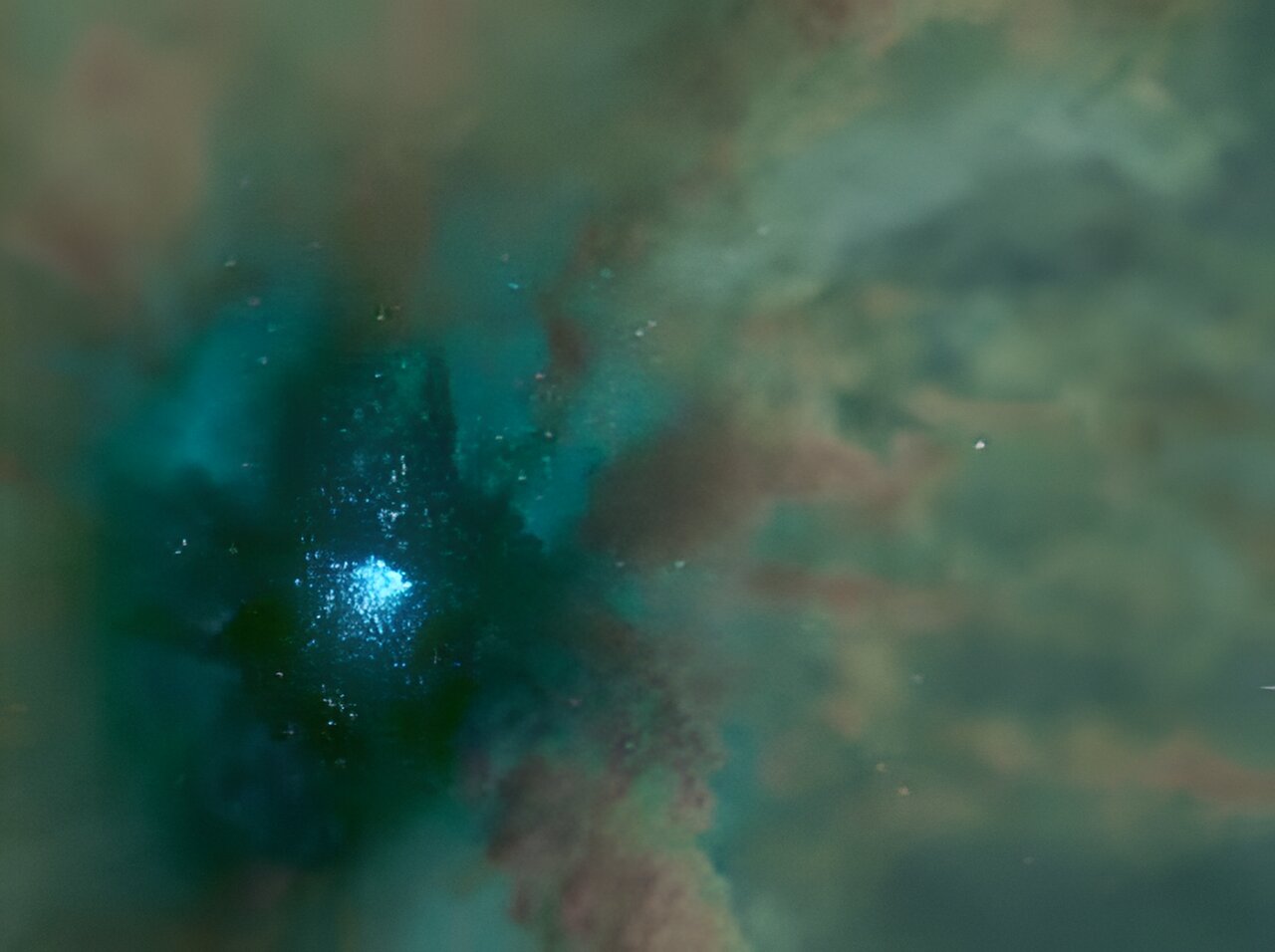Scientists have put forward a new theory regarding how the so far almost elusive intermediate-mass black holes are formed. In their opinion, spherical clusters play a key role in their development.

Scientists’ new research
A recently published study by a group of scientists led by Michiko Fujii from the University of Tokyo demonstrates a possible mechanism for the formation of intermediate-mass black holes in globular clusters. These are groups of tens of thousands, or even millions of luminaries, born and evolving in conditions of gravitational connectivity.
The first-ever simulation of the formation of massive clusters has shown that sufficiently dense molecular clouds, “stellar cradles”, can give life to really very large stars that evolve into intermediate-mass black holes.
Previous observations have shown that some massive stellar globular clusters contain intermediate-mass black holes. Such objects weigh from 100 to 10,000 times more than the Sun and are an intermediate link between those black holes formed as a result of supernova outbreaks and supermassive monsters in the centers of galaxies.
Black holes in star clusters
The “cradle” may seem to us a symbol of warmth and peace. But this is not the case with stars. Globular clusters form in conditions of chaos. The difference in the density of the medium causes objects to collide and merge. During this process, the gravitational forces grow with them.
Repeated collisions in the dense central region of globular clusters can lead to the birth of very large stars, which at this stage still exceed 1,000 solar masses. These objects can evolve into intermediate-mass black holes directly.
However, previous simulations of already formed clusters suggested that stellar winds blow away most of the mass of these objects, as a result of which they should actually be smaller than the models show. To find out if intermediate-mass black holes could “survive,” the researchers needed to simulate the cluster while it was still forming.
Simulation of the birth of black holes
“Star cluster formation simulations were challenging because of the simulation cost,” Fujii says. “We, for the first time, successfully performed numerical simulations of globular cluster formation, modeling individual stars. By resolving individual stars with a realistic mass for each, we could reconstruct the collisions of stars in a tightly packed environment.”
In the simulation, collisions actually led to the formation of very massive stars that evolved into intermediate-mass black holes. The researchers also found that the mass ratio between the cluster and the objects inside them matched with the observational data that initially motivated the project.
According to phys.org


